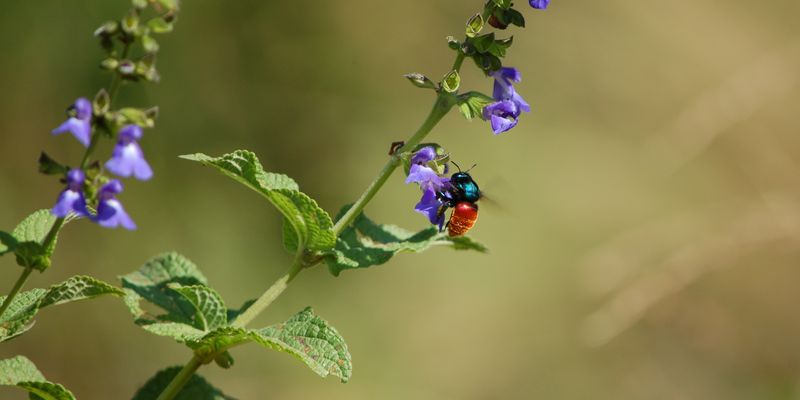Data use
Global decline in wild bee diversity
Published 3/17/2022
Study finds that the number of bee species observed globally has been dwindling since the late 20th century

Wild bees are the most important group of insect pollinators, essential to the reproduction of hundreds of thousands of wild plant species and 85 per cent of all cultivated plants. There is increasing evidence of declines in wild bee populations, but most studies to date have been limited to smaller taxonomic groups and local, national or regional contexts.
In this study, researchers reasoned that a global decline among bees would be observable as a decrease in population sizes and ranges, resulting in a diminished chance of observing bees and thus a reduced number of species recorded in GBIF.
By analysing all occurrences of six bee families (the “true bees”), the authors first demonstrated a clear increase in the number of occurrences per year from 1900 until 2015. While the number of species with records available through GBIF per year also increased steadily throughout the first half of the century, it plateaued and then declined—particularly after 1990.
When exploring the geographic distribution of bees by continent, the authors found marked differences in contributions to global diversity and the periods of decline. Europe and North America have the best temporal and spatial coverage in GBIF and exhibited the steepest declines. However, all continents except Oceania appeared to be contributing to the worldwide decline in bee diversity observed.
While these results might be affected by heterogeneous data collection, the authors found it more likely that these trends represent real scenarios of declining bee diversity. In the best scenario, thousands of species have become too rare to be observed, while in the worst scenario, they have gone extinct.